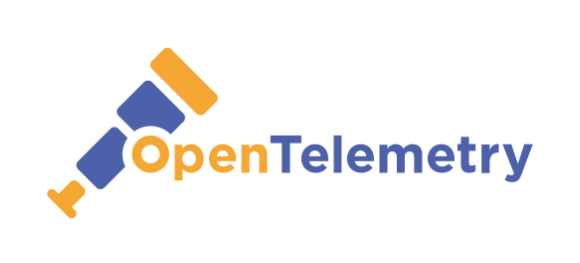Dynatrace ‘traces’ route to standardised (OpenTelemetry) observability with Google & Microsoft
Dynatrace has connected, collaborated, corroborated and cooperated on a new software huddle with Google and Microsoft.
The organisation that calls itself a ‘software intelligence company’ is working with the two tech giants (Dynatrace is no tiddler, the firm now has over 2000 employees) on the OpenTelemetry project to shape the future of open standards-based observability.
Dynatrace says it is contributing ‘transaction tracing’ know-how and manpower (Ed – we think they mean ‘personpower’) to the project.
As detailed here, “A transaction trace records the available function calls, database calls, and external calls [that an application makes]. You [developers, sysadmins or other engineering staff] can use transaction traces to troubleshoot performance issues and to get detailed low-level insight into how your app is working.”
OpenTelemetry is an open source observability framework focused on providing standardised transaction-level observability through the generation, collection and description of telemetry data for distributed cloud-native systems. It is a CNCF Sandbox member, formed through a merger of the OpenTracing and OpenCensus projects. The goal of OpenTelemetry is to provide a general-purpose API, SDK and related tools required for the instrumentation of cloud-native software, frameworks and libraries. The term observability stems from the discipline of control theory and refers to how well a system can be understood on the basis of the telemetry that it produces.
OpenTelemetry provides a single set of APIs, libraries, agents and collector services to capture distributed traces and metrics from an application. You can analyze them using Prometheus, Jaeger and other observability tools.
Cloud observability
As OpenTelemetry becomes more widely adopted, it will serve as an additional data source that further extends the breadth of ‘cloud observability’ (that term the industry is really loving this year in 2020), including expanding the reach of what the Dynatrace Software Intelligence Platform already collects and ingests into Davis™, the firm’s ‘explainable’ AI engine.
“Our goal is to ensure ‘run the business’ software underpinning digital enterprises works perfectly, so we feel it’s important to contribute our expertise to this open source project to improve and advance observability in a broader manner,” said Alois Reitbauer, chief technical strategist and head of the Dynatrace Innovation Lab.
The road to standardised observability
Reitbauer says that the OpenTelemetry initiative will enable developers of cloud-native applications to build ‘standardised observability’ into their software.
“As this gains momentum, observability will be increasingly differentiated by what can be done with data, versus simply how much data can be collected. That’s why we’re excited for the day when OpenTelemetry is widely adopted, as it will increase the breadth of the data and scope of the cloud ecosystem that organisations can observe,” he added.
Product manager at Google Morgan McLean thinks that the ultimate goal of OpenTelemetry is to become the default way that developers and operators capture performance information from their services. The Microsoft spokesperson said something about Dynatrace… and seemed happy, so that’s good.
Dynatrace is working with Microsoft, Google and others as a core contributor to OpenTelemetry in areas, including:
- Higher-level instrumentation APIs: offering higher-fidelity tracing code to enable developers to build observability into cloud-native applications and reduce monitoring blind-spots as new methodologies and programming languages emerge.
- Integration of universal Trace Context: supporting the availability of transactional context across hybrid multi-clouds to maintain end-to-end observability.
- Runtime management: helping organizations ensure the resources needed to gain observability into the individual components and software libraries underpinning their cloud-native applications are dynamically available.




